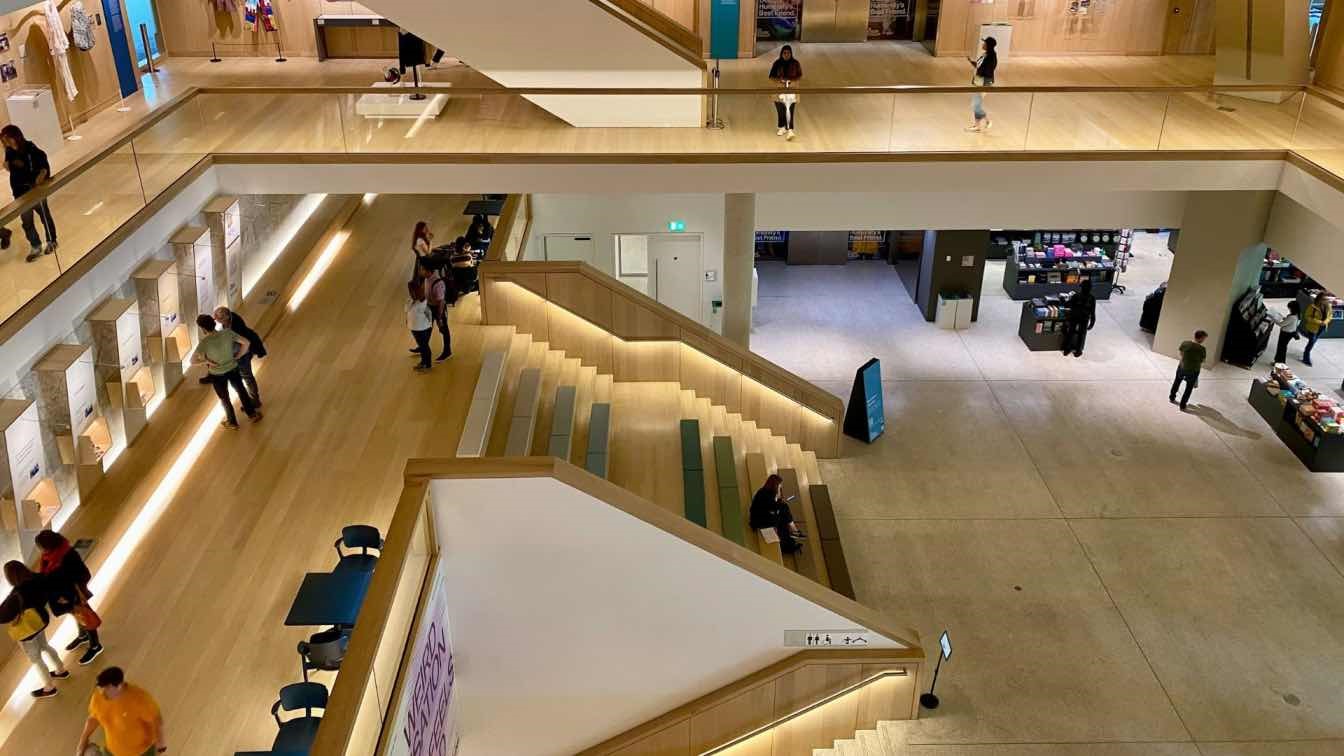
How To Choose the Right Lighting Fixtures??
The right lighting fixtures ensure visual comfort, aesthetics, ergonomics, and energy efficiency.
Whether you're a homeowner, commercial space owner, architect, engineer, or lighting designer, here are tips for picking lighting fixtures that embody modern architecture:
Determine the required light in specific areas
The first step involves determining the lighting fixtures you require in specific areas. This process involves understanding the types of lighting.
Once you understand the lighting concepts, answer the following questions to define each room's purpose:
- What tasks will you do in these spaces?
- Do these spaces need high- or low-intensity light?
- Should the light be direct or indirect?
- Do you plan to create a color scheme and add embellishments for decorative purposes?
Consider each room's color temperature
Whether natural or artificial, the color temperature of lighting fixtures impacts the perception of hues within spaces.
Measured in Kelvin (K) degrees, color temperature determines whether lights appear warm, cool, cozy, or crisp. Warm color temperatures are around 2700 to 3000K, creating a welcoming and relaxed ambiance. Conversely, cool color temperatures are 4000 to 6000K, providing bright and energizing environments.
Choose fixtures that complement the building's interior and exterior
Finally, ensure the lighting fixtures complement your building's interior and exterior designs.They must blend with the existing decoration and furniture. Also, don't forget the existing controls
and switches. Try to find areas with minimal buttons and knobs if possible. Modern Lighting suppliers are at the forefront of blending functionality and aesthetic appeal. For example,
their range of outdoor wall lanterns ensures well-lit exteriors and adds a layer of sophistication, which could align seamlessly with your building's exterior design.
Master the Art and Science of Lighting
Mastering the art and science of lighting is imperative not just for architects, engineers, and lighting designers but also for homeowners and commercial space owners.
This mastery transcends beyond fixture selection, as it involves understanding how light shapes emotions, environments, and experiences. Such a holistic approach becomes more crucial in modern architecture, where the fusion of innovation and sustainability redefines the future of living and working spaces.

